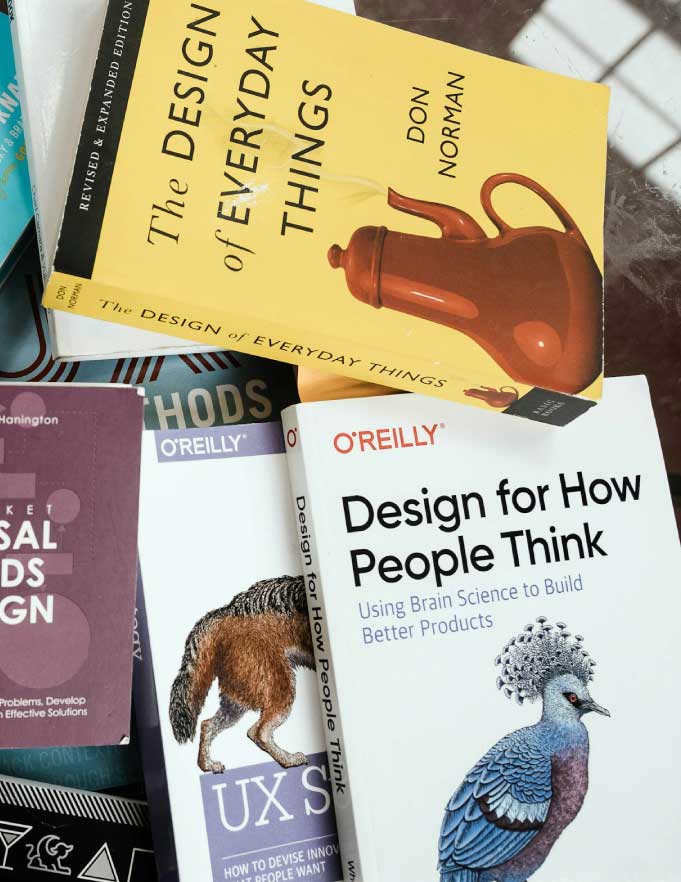
For starters, let’s make a distinction. Your logo is not your brand. Your brand is an intangible—a personality…a relationship…an experience. It is shaped equally by you and your customers, and it is strongest when your vision and ability to deliver on your brand promise aligns with your customers’ expectations.
So what, then, is your logo, and why is a good logo so important?
Your logo is the visual representation of your brand. It is a design element that helps shape the customer experience. If you’re lucky enough and your brand is strong enough, it becomes the defining symbol of your business.
Need proof? Check out this video. Do you recognize these brands? Even with their names missing?
So how do you create such an impressionable mark for your business?
Here are four logo design tips that can help you withstand scrutiny and the test of time.
- Think unique. Ultimately, your business must sell a product or service, so understand what differentiates you from your competitors. Strive to have your logo represent your values statement.
- Be memorable. With so many options in today’s marketplace, you want your logo to standout among the crowd. Moreover, people will start to associate your business with your logo, so make it worth remembering. Hint: less is more.
- Think long-term. Great logos stand the test of time. A refresh may be needed from time to time to stay current, but a strong, identifiable logo will not need an overhaul. So avoid extreme detail and instead focus on differentiating your brand through with minor subtleties that tell a story.
- Understand that perception is reality. How do you want to be perceived by your customers? Ultimately it doesn’t matter how good your product or service is, it’s what your customers think about you that really matters. Keep your customers in mind during the entire design process.
Above all else, a good logo is distinctive, simple, appropriate, and conveys an intended message.
A great example of this is Nike. When Nike founder Phil Knight provided college design student Carolyn Davidson with details on what the mark for his shoe company should represent—flight, victory, and speed—not only did Davidson present the now famous “Swoosh,” which inferred motion and speed, but she also suggested that Nike—the winged goddess of victory who had the ability to fly—might be a better name than the proposed Dimension 6. This clear vision ultimately defined Nike’s comprehensive marketing approach, including its decision to make Michael “Air” Jordan an early brand ambassador. It is also why Nike is now one of the world’s leading brands.
